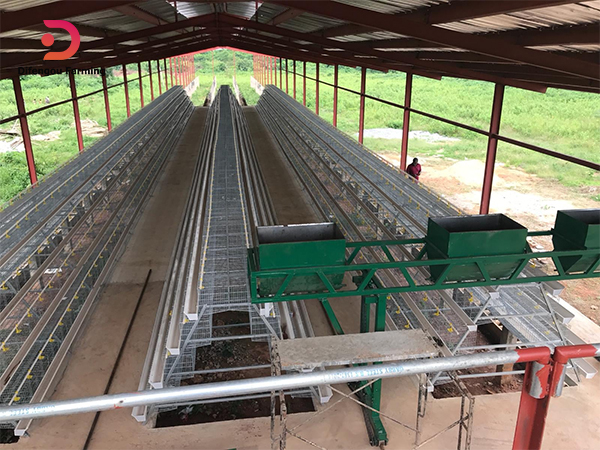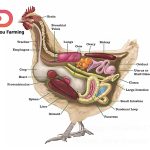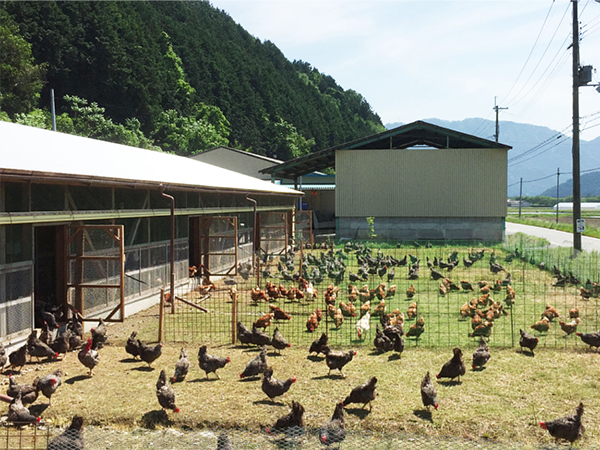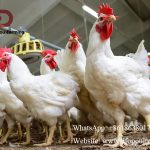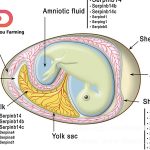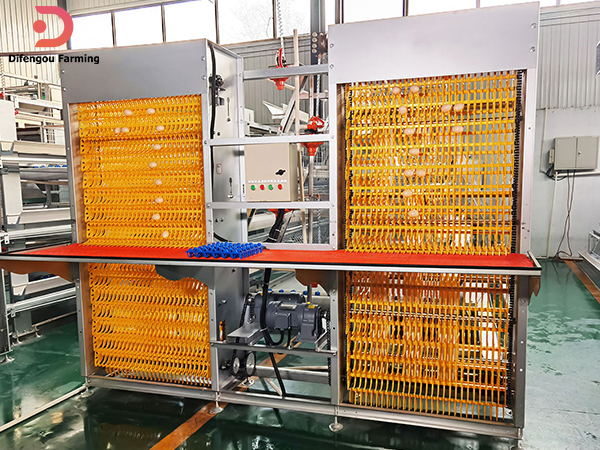Three Critical Periods and Precautions for Hatching Chicken Eggs
Chicken Incubation Period
The incubation period refers to the entire duration required for the development of poultry embryos outside the body into chicks. Various poultry species have specific incubation periods, with the chicken’s incubation period typically lasting 21 days. Due to various factors influencing the speed of embryo development, the actual observed incubation period has a range, generally fluctuating around 12 hours. Factors affecting the length of the chicken’s incubation period include:
Egg Storage Time: The longer the storage time, the longer the incubation period, and the hatching times may vary.
Incubation Temperature: Higher temperatures shorten the incubation period, while lower temperatures prolong it.
Economic Type and Egg Size: The incubation period of egg-type chickens is generally shorter than that of meat-type and dual-purpose chickens. Smaller eggs have a slightly shorter incubation period than larger eggs.
Inbreeding: Chickens from inbreeding have an extended incubation period, and hatching times may vary. Both excessively long and short incubation periods are abnormal and adversely affect hatchability and chick quality.
Three Critical Periods in Hatching Chicken Eggs
Within the 21 days of egg incubation, there are three critical periods prone to causing poor embryo development or death, collectively known as critical periods. Poor management of incubation conditions during these critical periods can lead to a reduction in hatchability.
First Critical Period (Days 1-6): During this period, various tissues and organs of the chick start forming blood vessels, the heart forms and begins to beat, and early blood circulation appears. The necessary nutrients for embryo development are mainly transported from the yolk sac through blood circulation. Improper incubation conditions during this period can cause blood circulation disorders, inadequate nutrient supply, and an increase in dead embryos with a head-first position. Adequate ventilation and egg turning are essential during this period, as the metabolism of embryonic substances is at a low level, producing less body heat, requiring a relatively high incubation temperature.
Second Critical Period (Days 13-18): During this period, proteins are transferred from the albumen through the chorioallantoic membrane into the amniotic cavity, where they begin to be ingested by the embryo. The digestive system starts directly digesting and absorbing protein nutrition. By the 18th day, all protein is absorbed. This period requires strict incubation conditions; otherwise, it may affect the normal metabolism of proteins, leading to insufficient nutrient absorption and reduced hatchability.
Third Critical Period (Days 19 to Hatch): From the 19th day onward, the yolk sac begins to shrink and is fully absorbed into the abdominal cavity. The urinary bladder, veins, and arteries degenerate, shifting from oxygen supply by the urinary bladder to lung respiration. Poor ventilation, incomplete protein absorption in the lungs and air sacs, incorrect fetal positioning, inability of the beak to enter the air chamber, or failure to peck the shell in time can result in poor embryo development, an increase in abnormal chicks, and reduced hatchability.
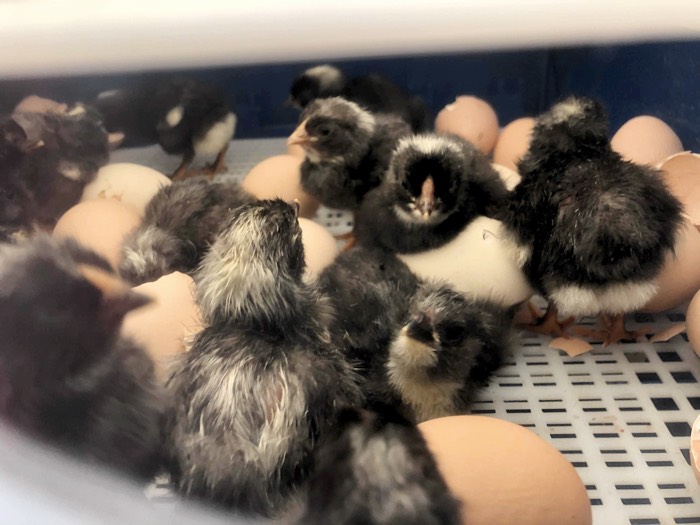
III. Precautions for Hatching Eggs
(1) Selection of Hatching Eggs Hatching eggs refer to the eggs produced after male and female chickens are mixed in a certain proportion for mating or after artificial insemination. The source and quality of hatching eggs have a significant impact on the hatchability and the quality of chicks, so hatching eggs must be strictly and carefully selected before incubation. The specific methods for selecting hatching eggs include source investigation, appearance inspection, knocking and listening, light transmission, and sampling dissection. The following are introduced:
1. Source:
Hatching eggs must come from healthy and high-yielding chicken flocks. The appearance of the breeder should meet the requirements of the breed. Hatching eggs cannot come from sick chickens, especially eggs from chickens that have suffered from infectious diseases (such as infectious bronchitis, infectious bursal disease, etc.) and weak, deformed, low-yielding hens must not be kept for breeding.
2. Preservation Time of Hatching Eggs:
To determine the length of the preservation period of hatching eggs, on the one hand, the freshness of the eggs should be considered, and on the other hand, how long the hatching eggs can be preserved to achieve the best hatching effect. Generally, hatching eggs stored for 3~5 days have the highest hatchability. When the storage period exceeds 1 week, the eggs should be turned once a day to prevent the yolk from sticking to the eggshell. If the storage time of hatching eggs exceeds 2 weeks, the hatchability will significantly decrease.
3. Weight:
The general weight of hatching eggs is 55~65 grams, and the weight of locally selected improved breed eggs is 45~50 grams. The size of the hatching eggs should be consistent to ensure that the chicks are neat. Also, note that eggs that are too long or too round are not suitable as hatching eggs.
4. Eggshell:
The eggshell should be dense and uniform, complete without cracks and holes. The surface calcium deposition is uniform, sand skin eggs, eggs with too thin eggshells, and steel skin eggs with too hard eggshells cannot be selected as hatching eggs. For different breeds, eggs of consistent color should be selected as hatching eggs according to the requirements of the breed. The surface of the eggshell should be clean, without feces, egg liquid, and blood stains. Slightly contaminated hatching eggs can be incubated, but they should be wiped with disinfectant.
(2) Disinfection of Hatching Eggs
Generally speaking, the outer shell of hatching eggs carries bacteria to varying degrees. If the hatching eggs are not disinfected before incubation, it will not only affect the hatching effect, but also transmit diseases such as dysentery, typhoid, and mycoplasma to the chicks. Therefore, hatching eggs must be strictly disinfected before incubation.
Disinfection methods:
1. New Clean and Destroy Disinfection Method: This drug has a strong decontamination and disinfection effect, can coagulate protein and destroy the metabolic process of bacteria, thereby achieving the purpose of disinfection and sterilization. When disinfecting hatching eggs, a 0.1% solution can be prepared by adding 50 times water to 5% of the original solution of New Clean and Destroy, and then sprayed on the surface of the hatching eggs with a sprayer.
2. Bleaching Powder Liquid Mildew Removal Method: Immerse the hatching eggs in a bleaching powder solution containing 1.5% active chlorine for 3 minutes, and then they can be loaded onto the tray after draining. It is worth noting that this disinfection method must be carried out in a ventilated place.
3. Iodine Solution Mildew Removal Method: Place the hatching eggs in a 0.1% iodine solution for 30~60 seconds, then drain and load onto the tray. The preparation method of the iodine solution is: dissolve 10 grams of iodine and 15 grams of potassium iodide in 1000 milliliters of water, and then pour into 9000 milliliters of clean water. After soaking the hatching eggs 10 times, the iodine concentration in the solution gradually decreases. If it needs to be used again, the soaking time can be extended to 90 seconds or some newly prepared iodine solution can be added.
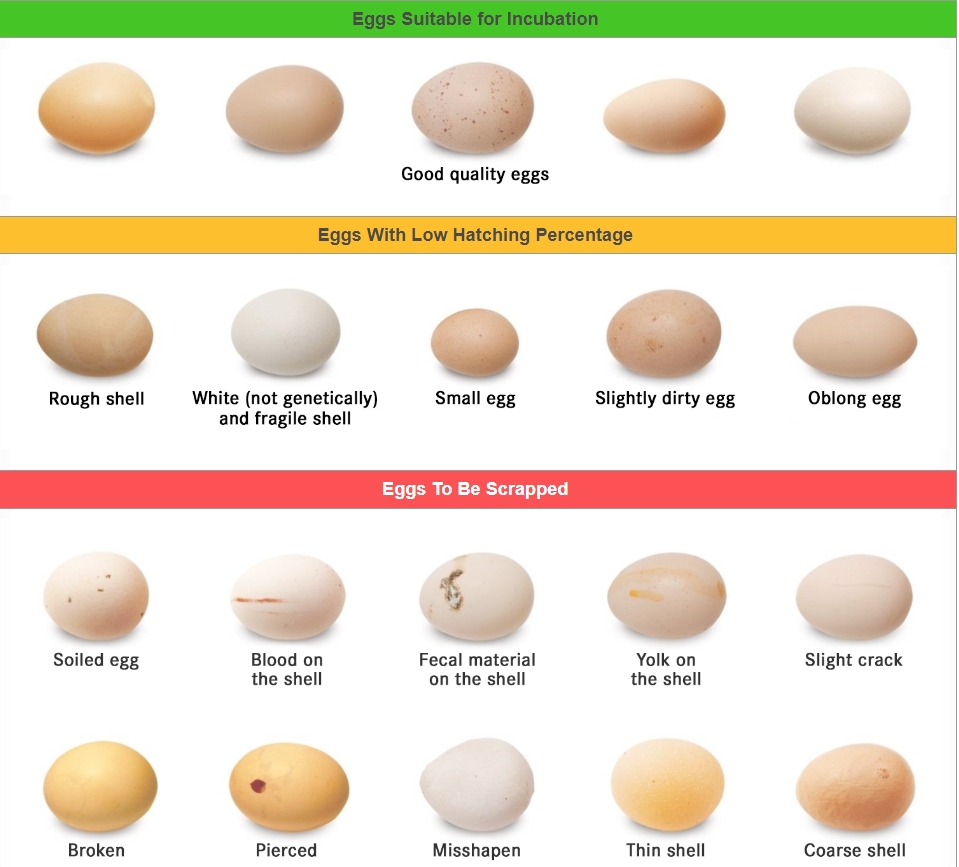
(3) Preservation of Hatching Eggs
Before hatching, chickens often need to store a large number of hatching eggs for a period of time. If the method is not appropriate, it often causes the hatching eggs to deteriorate or other problems, affecting the progress of hatching. Therefore, the following issues should be noted when preserving hatching eggs:
First, the temperature should be appropriate. Both high and low temperatures are not good for preserving hatching eggs. If it is higher than 24°C, the embryo will start to develop, which will cause the chicken embryo to age and die, and increase the number of dead fetuses during hatching; if it is lower than 5°C, the hatching eggs will freeze and lose their hatching ability. The most suitable temperature for preserving hatching eggs is 10-15°C.
Second, the humidity should be appropriate. There are many air holes on the shell of the hatching eggs. During the preservation period, the water in the egg continuously evaporates and loses through the air holes. To reduce the loss of water in the egg, the egg storage room must maintain a certain humidity. The most suitable relative humidity for the egg storage room is 70%~80%. High humidity can easily cause mold to grow, which is not conducive to egg storage.
Third, turn the eggs regularly. During the preservation of hatching eggs, if the position is not placed properly or it is not moved, the yolk, germ disc, and eggshell will easily stick together over time, causing the early death of the embryo. To prevent this situation, the blunt end of the hatching egg should be placed upwards, so that the yolk can be located in the center of the hatching egg. If the storage time is slightly longer, the eggs should be turned once a day to prevent embryo adhesion and maintain a normal hatching rate.
Fourth, environment. The egg storage room and the egg tray and egg rack that come into contact with the hatching eggs should be clean. The egg tray should have gaps. Do not put the hatching eggs in airtight boxes. The air in the egg storage room must be kept fresh.
Fifth, do not wash the hatching eggs. After the hatching eggs are produced, there is a layer of colloid film covering the air holes of the eggshell, which not only prevents the evaporation of water, but also prevents bacteria and other microorganisms from invading the egg through the air holes of the eggshell and becoming bad eggs. To clean the hatching eggs, washing with water will instead destroy the colloid film on the eggshell and reduce the quality of the hatching eggs.
(4) Transportation of Hatching Eggs
Transporting hatching eggs is an indispensable link in the introduction of improved breeds, exchange of improved breeds, and breeding work. The first problem encountered in transporting hatching eggs is the packing utensils, but currently, the more commonly used is the hatching egg carton. The carton can be made of hardboard or corrugated paper. The box is filled with squares made of paper, each square contains one egg, and the eggs are separated by paper on all sides, which can prevent direct collision between eggs. The box can also be replaced with a plastic egg holder or a molded paper box, usually with 30 (or 36) per layer. If there is no such special carton, a wooden box can also be used, but efforts should be made to avoid direct contact between eggs, and each hatching egg can be wrapped in paper. The bottom and sides of the box should be padded with more paper or other soft objects, and rice husks, sawdust, or broken wheat straw can also be used as padding. No matter what tool is used to pack the eggs, the eggs should be placed as much as possible with the big head up or flat, and arranged neatly. During transportation, regardless of the transportation tool used, attention should be paid to avoid sun exposure as much as possible, because sun exposure will cause the hatching eggs to be heated and promote the development of the embryo (which is abnormal development), and due to the different degrees of heating, the development of the embryo will also be different, which will affect the hatching effect. Prevent rain and dampness. After the hatching eggs are rained, the film on the shell is damaged, bacteria will invade, and mold may also breed, seriously affecting the hatching effect. When loading, it must be lightly loaded and unloaded, strictly prevent the deformation of the egg-loading utensils, especially the carton and basket. Once deformed, it will inevitably squeeze the hatching eggs; strictly prevent excessive strong vibration, strong vibration may cause the air chamber to shift, the yolk membrane to rupture, the ligament to break, and other serious situations. If the road is uneven and bumpy, more padding should be laid under the egg-loading utensils to reduce vibration as much as possible.


